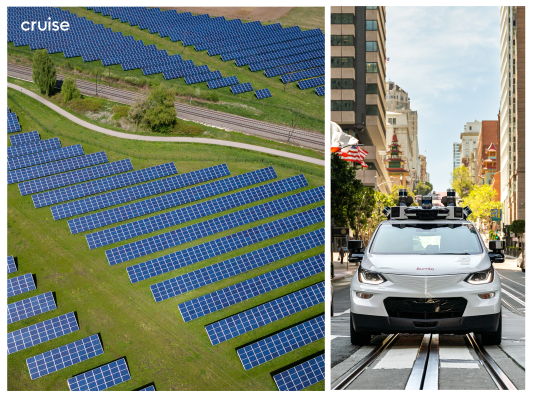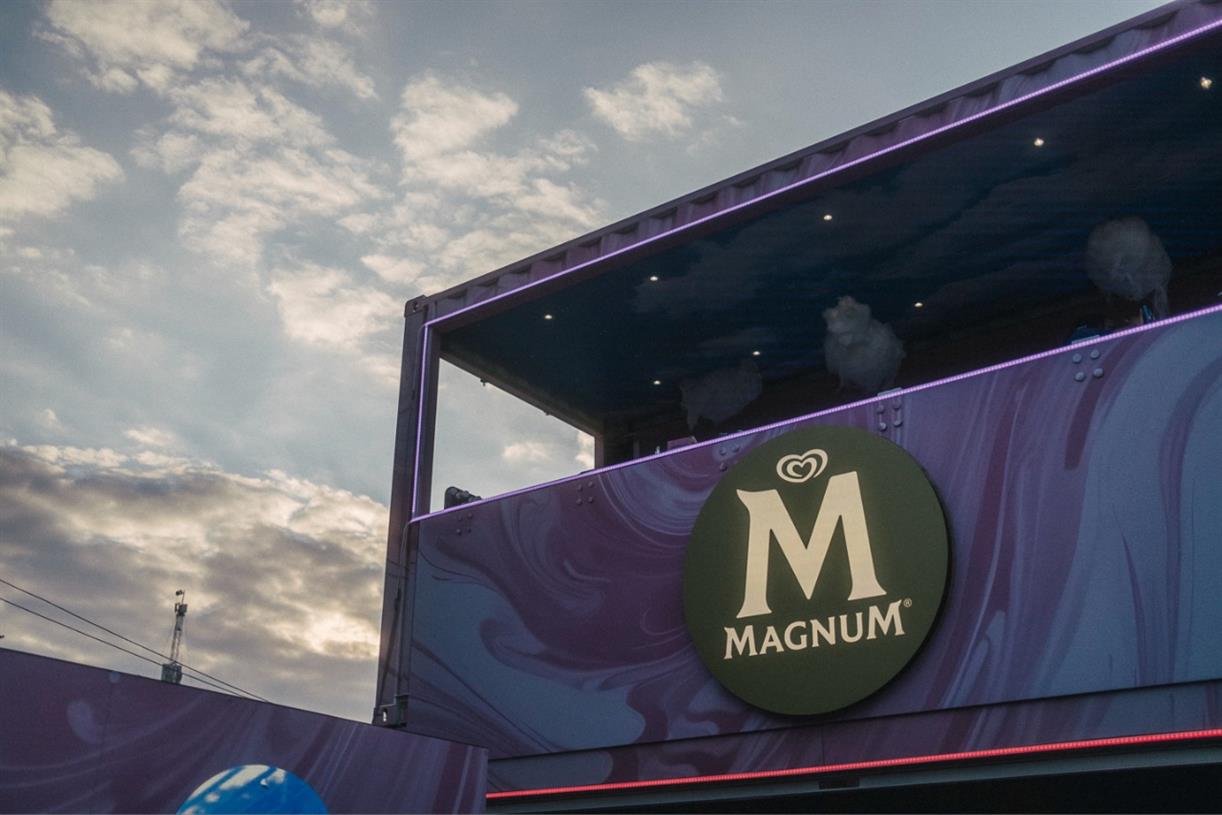Amazon is using generative AI to drive more same-day shipping using smarter robots and better routes
Amazon is delivering more Prime items the same or next day with generative AI improvements in robots, routes and predictive inventory.

For years, Amazon has set the bar for package delivery. When Prime launched in 2005, two-day shipping was unheard of. By 2019, one-day shipping was standard for millions of items. Now, the retail giant is turning to generative AI to drive more same-day shipping.
Amazon is using the technology to optimize delivery routes, make more intelligent warehouse robots, create more-ergonomic environments for employees and better predict where to stock new items, said Steve Armato, Amazon's vice president of transportation technology and services.
During an exclusive tour of Amazon's largest California sort center, located in Tracy, Armato told CNBC that 60% of Prime orders in March were delivered the same day or next day in the top 60 metropolitan areas in the U.S. Amazon is betting on generative AI to increase that figure.
"It seems subtle, but at this scale, getting just one more product in the right spot means that it's shipping less distance when you order it," Armato said in an interview at the warehouse.
In 2020, Amazon began developing models for demand forecasting and supply chain optimization using transformer architecture, the backbones of what we know today as generative AI.
"Generative AI is the next big evolution in technology," Armato said. "It's remarkable, and we're already applying it in very practical ways across our operations."
But not all the changes that generative AI may bring to the e-commerce giant are positive. There are concerns about the high-energy needs of generative AI and about its ability to enable robots to replace Amazon's human workforce, analysts told CNBC.
Robots and new roles
The number of Amazon warehouse robots grew from 350,000 in 2021 to more than 750,000 in 2023, according to the company.
Amazon began adding AI transformer models to its warehouse delivery robots in 2022 so the machines can dash around each other more intelligently. CNBC watched hundreds of them move in a coordinated grid in the warehouse. Armato calls this "the dance floor."
"Some of the two-day deliveries might stand aside, let the robot with a next-day delivery go on its mission first and take a straight line to its destination," Armato said.
Hundreds of robots dash around each other with the help of generative AI at Amazon's largest California sort center in Tracy, California, July 31, 2024.
Lisa Setyon
While these robots navigate using a series of QR codes, Amazon's next generation of drive units, called Proteus, are fully autonomous, the company said.
"They're using generative AI and computer vision to avoid obstacles and find the right place to stop," Armato said.
As part of the company's AI strategy, Amazon in August struck a deal with AI startup Covariant. Amazon hired the startup's founders and licensed its models that help robots handle a wider range of physical objects. Amazon is also developing a bipedal robot called Digit that can grasp and handle items in a humanoid way.
CNBC saw a row of 20 robotic "Robin" arms that use computer vision to determine how much pressure to use when picking up various package shapes and sizes. Amazon said generative AI teaches the arms how to handle products they've never seen before based on data from similar products in Amazon's vast catalog.
A similar model is used to better assess damaged items and keep them from shipping out. Amazon's AI is three times better at identifying damaged products than humans are, the company said.
Introducing more robotics with generative AI without replacing human workers is a balancing act for Amazon, said Tom Forte, senior equity analyst at the Maxim Group.
"How can they implement automation to improve efficiency and manage labor expenses, but how can they do it in a way that complements their use of humans and doesn't replace them?" Forte said.
Rather than replacing workers, the robots are reducing the burden on employees and creating new roles, Armato said. Amazon said it plans to spend $1.2 billion to upskill more than 300,000 employees by the end of 2025 as generative AI and robotics change the company's processes.
"Someone needs to maintain [the robot] if it breaks down," Armato said. "Or if something does get dropped on the dance floor, we have a process and special training to go clean that up. And so each of those creates new categories of jobs, some of which have higher earnings potential."
Amazon has faced scrutiny in recent years over its workplace injury record, with federal citations for safety violations and a yearlong Senate probe that found that Amazon's big annual sale, Prime Day, was a "major" cause of worker injuries. Amazon appealed the citations and said the report ignores progress it's made.
Many of Amazon's robots move tall bins of items to workstations where employees pick and pack them, which reduces how much humans have to walk, Armato said. AI is also reducing the need for workers to reach and bend, he said.
"One algorithmic improvement is to take our faster-selling products and place those on the shelves at waist height," Armato said. "That's your ergonomic power zone."
Robotic drive units bring tall stacks of items to workstations for picking and packing at an Amazon same-day center in Richmond, California, Aug. 31, 2024.
Katie Tarasov
Predicting orders and routes
With all those robots and workers, Amazon delivered more than 2 billion items the same day or next day in the first quarter of 2024, according to the company.
Amazon has always used algorithms to predict how much of what inventory is needed, when and where. The company said it's using generative AI to predict where best to place items it hasn't previously sold.
"When we place a product in the right place ahead of time, before you click buy, it's traveling less distance, which is a win for speed and sustainability," Armato said.
Amazon Web Services has data centers filled with servers running AI workloads that give the company an edge over its retail rivals because it can train its AI in-house. As an early online-only retailer, Amazon got a head start on collecting mass aggregate data on shopping behavior and delivery logistics. Amazon is now using that trove of data to create AI models for use in everything from supply chain optimization to warehouse robotics, according to the company.
"It's not that Walmart and Target and Costco and others don't have their own reams of data, but they're looking at things a little bit differently, and they have much older systems," said Sucharita Kodali, retail analyst at Forrester Research.
How eco-friendly generative AI will be in the long run is unclear. That's because training and running generative AI is a carbon-intensive process, and by 2027, AI servers worldwide are projected to use as much power every year as Sweden or the Netherlands.
That's in conflict with Amazon's 2019 commitment to reach net-zero carbon by 2040.
The company claims that the use of AI is helping cut down the carbon footprint of package delivery. Amazon is reducing carbon by using more than 20 machine learning models to improve mapping for its vast network of 390,000 delivery drivers, predicting road closures and choosing more efficient routes, the company said.
Beyond its warehouses, Amazon has also introduced generative AI to help its sellers and shoppers.
The company's new Amazon Personalize AI tool generates hyper-personalized product recommendations. Sellers can also use generative AI to write highly targeted product descriptions or generate images of their products in different "seasonal and lifestyle" settings.
For shoppers, Amazon in 2023 began populating its website with AI-generated summaries of product reviews, and in February, the company launched a generative-AI powered conversational shopping assistant called Rufus.
Additionally, Amazon said, it has invested $4 billion in AI startup Anthropic, which makes chatbot Claude, a competitor to OpenAI's ChatGPT. Amazon also makes its own AI-focused microchips and its own generative AI tools for developers, which it also uses in operations, the company said.
Whether Amazon's huge investment in generative AI will translate to profits remains an open question.
"I have yet to see huge lift in anybody's retail business due to generative AI, including Amazon," Kodali said. "I think a lot of their biggest impact has happened because of the earlier investments, not necessarily some of these more recent investments."

 Lynk
Lynk 
































